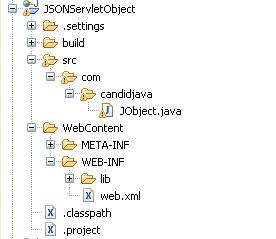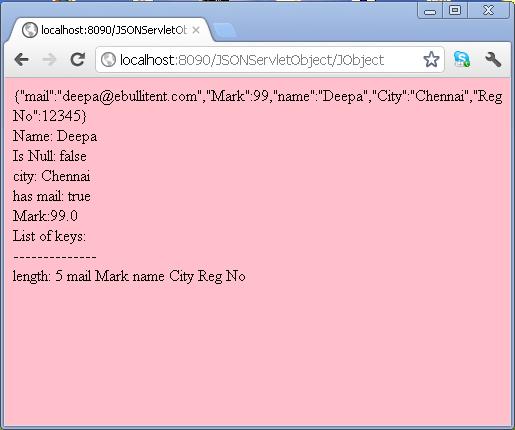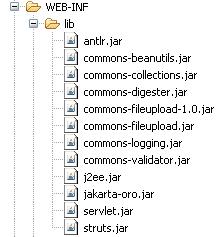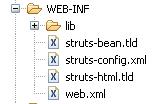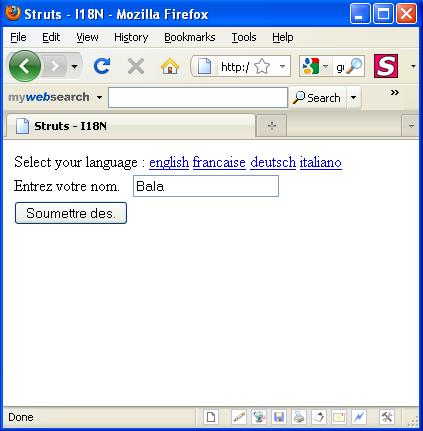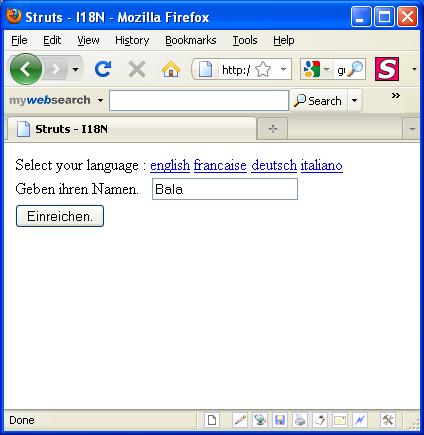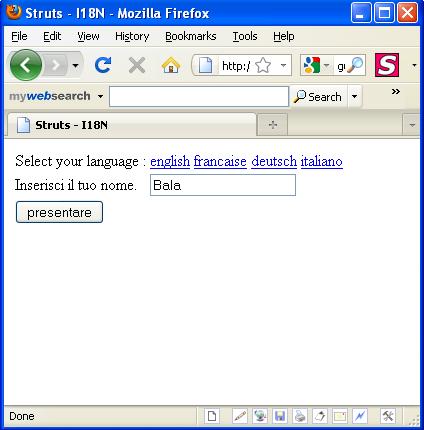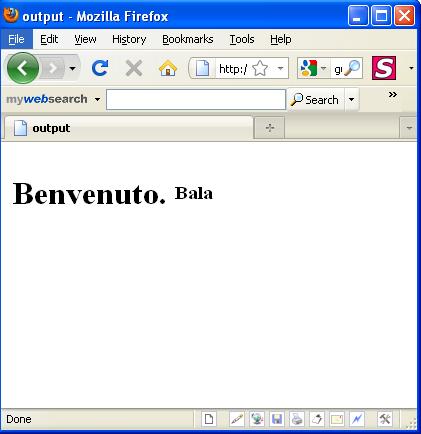In my previous post, I had explained easy example of JSON. In this post I am explaining how to use JSON with Ajax.
No need to require any other software, just create one dynamic web project and paste below code.
1. StudentInfo.java (This is a Servlet)import java.io.IOException;
import java.io.PrintWriter;
import javax.servlet.ServletException;
import javax.servlet.http.HttpServletRequest;
import javax.servlet.http.HttpServletResponse;
public class StudentInfo extends javax.servlet.http.HttpServlet implements javax.servlet.Servlet {
protected void doPost(HttpServletRequest request, HttpServletResponse response) throws ServletException, IOException {
String roll = request.getParameter("roll");
PrintWriter out = response.getWriter();
out.println(getResult(roll));
}
public String getResult(String roll){
String name = "";
String hostel = "";
String contact = "";
String[] subjects = new String[]{};
if(roll.equalsIgnoreCase("110")){
name = "Binod Kumar Suman"; hostel = "Ganga"; contact = "999999999";
subjects= new String[]{"C++","JAVA","DataBase"};
} else if(roll.equalsIgnoreCase("120")){
name = "Pramod Kumar Modi"; hostel = "Godawari"; contact = "111111111111";
subjects= new String[]{"C++","QT","Linux"}; }
else{ name = "Roll Number not found"; }
String result = "var student={"; result += "name:'" + name + "', ";
result += "hostel:'" + hostel + "', ";
result += "contact:'" +contact +"',";
result += "subject:[";
for(int i=0;i<subjects.length;i++){
if(i == subjects.length - 1){
result += "'"+subjects[i] + "']";
}
else{
result += "'"+subjects[i] +"',";
}
}
result += "};";
return result;
}
}
2. ShowStudentInfo.jsp<html><head><
title>Binod Java Solution AJAX </title>
<script type="text/javascript">
var request; f
unction getName(){
var roll = document.getElementById("roll").value;
var url = "http://localhost:8080/Ajax_JSON/StudentInfo?roll="+roll;
if(window.ActiveXObject){ request = new ActiveXObject("Microsoft.XMLHTTP"); }
else if(window.XMLHttpRequest){ request = new XMLHttpRequest(); } request.onreadystatechange = showResult;
request.open("POST",url,true);
request.send();
}
function showResult(){
if(request.readyState == 4){
var response = request.responseText;
eval(response);
document.getElementById("NamelH1").innerHTML = student.name;
document.getElementById("HostelH1").innerHTML = student.hostel;
document.getElementById("ContactH1").innerHTML = student.contact;
document.getElementById("SubjectH1").innerHTML = student.subject; }
}
</script>
</head><body>
<h2> GET STUDENT INFO </h2>
<br> Enter Roll Number <input type="text" id="roll">
<input type="button" value="Get Name" onclick="getName();"/> <br>
<table border=2>
<tr><td>Name</td><td><span id="NamelH1">
</span></td></tr> <tr><td>Hostel</td>
<td><span
id="HostelH1"></span></td></tr>
<tr><td>Contact</td><td><span
id="ContactH1">
</span></td></tr> <tr><td>Subject</td>
<td><span id="SubjectH1"></span></td></tr>
</table>
</body>
</html>
After compile and start the server, open internet explorer and put URL (like
http://localhost:8080/Ajax_JSON/ShowStudentInfo.jsp) and put roll no. 110
This is very basic and fundamental tutorial, you can build a good project on Ajax and JSON with the help of this easy example.
Easy Example:
JSON : JavaScript Ojbect Notation.It
contains name/value pairs, array and other object for passing aroung
ojbect in java script. It is subset of JavaScript and can be used as
object in javascript.
You can use JSON to store name/value pair and array of ojbect.
It has eval() method to assign value to variable.
In below example, I have put all things together.
Just make one html file and you can start your practice on it.
How to use this tutorial:
1. Make one file JSONDemo.html
2. And paste below code
<html>
<head>
<body>
<script language="javascript">
eval("var amount =10;");
alert("Value of amount :: "+amount);
var student = {
name : "Binod",
roll : 110,
subject : ["Java","Database","Networking"]
}
alert("Student Name :: "+student.name);
alert("Student All Subject :: "+student.subject);
alert("Student First Subject :: "+student.subject[0]);
alert("Student No. of Subject :: "+student.subject.length);
for(var i=0;i<student.subject.length;i++){
var value = student.subject[i];
alert(value);
}
var person = {
name : "Ambani",
books : [
{
title : "Java Programming",
author : "Binod Suman"
},
{
title : "XML",
author : "Don Box"
}
]
}
alert("Book Title :: "+person.books[0].title);
alert("Book Author :: "+person.books[0].author);
</script>
Please put your comment on this post for enhance this blog or this tutorial.
Thanks and have a nice day ............ :)




